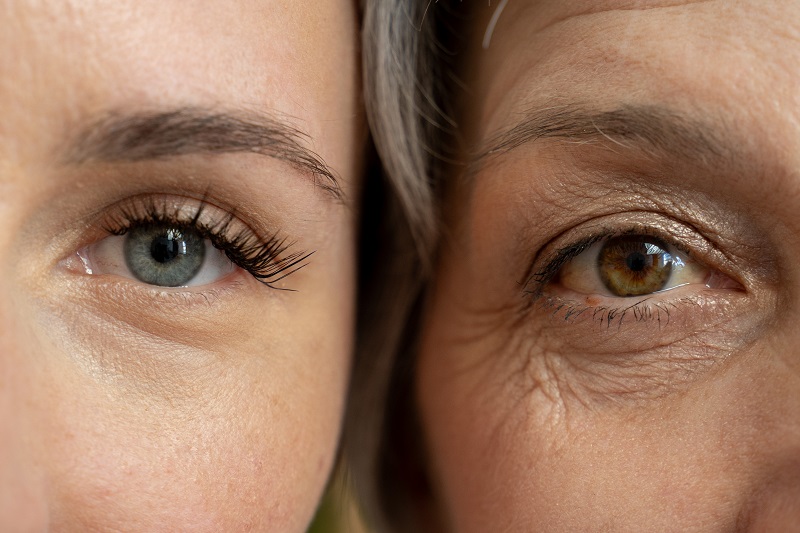Eyelid surgery (blepharoplasty)

Reasons for blepharoplasty
Blepharoplasty tightens the eyelid’s muscles and tissue, and removes excess fat and skin. Blepharoplasty eliminates the drooping of skin into the visual field, greatly improving peripheral vision. It is also performed for strictly cosmetic reasons.
Functional
If the eyelids begin sagging into the field of vision, a functional blepharoplasty may be required. The procedure may be covered by medical insurance if it is deemed medically necessary. A determination of how much vision is affected is done by checking the peripheral visual field with an instrument called the Humphrey Visual Field (HVF) Analyzer.
Cosmetic
Loose skin, lines, wrinkles and fat deposits can weigh down the eyelids and create a tired, puffy appearance even if a person is well-rested. Blepharoplasty can remove excess skin and fat deposits and tighten loose tissue surrounding the eyes to produce firm, smooth skin with a more youthful, alert appearance.

Candidates for eyelid surgery
The best candidates for blepharoplasty are those who are in good overall health, do not smoke, do not have any serious eye conditions, and have healthy facial tissue and muscle.
People with eye disease, including glaucoma or retinal detachment, thyroid disorders, diabetes, cardiovascular disease or high blood pressure are not good candidates for blepharoplasty.
Eyelid surgery (blepharoplasty) FAQ
Where are the incisions placed for blepharoplasty?
The incision for upper eyelid surgery is placed within the natural crease of the eyelid so that the scar is well hidden once it heals. The incision for lower eyelid surgery may be inconspicuously placed just below the lashes to remove excess skin, or an incision hidden within the lower lid may be used to remove and reposition tissue.
When can I return to work and normal activities after the procedure?
Most patients are able to resume work and normal activities about ten days after eyelid surgery. Some swelling and bruising may persist for a couple of weeks, but cold compresses and keeping the head elevated can help reduce these side effects.
How soon will I see the results of my eyelid surgery?
Results from blepharoplasty may be obscured at first due to swelling and bruising, but smooth, more youthful eyelids are generally visible within a few weeks after surgery. Incision lines will continue to improve over time and may take up to a year to fully refine.
How long will the results of blepharoplasty last?
Results from eyelid surgery will be long lasting, especially the patient maintains a healthy skincare regimen and protects the area from the sun. The skin and tissues around the eyes will continue to age naturally over time.